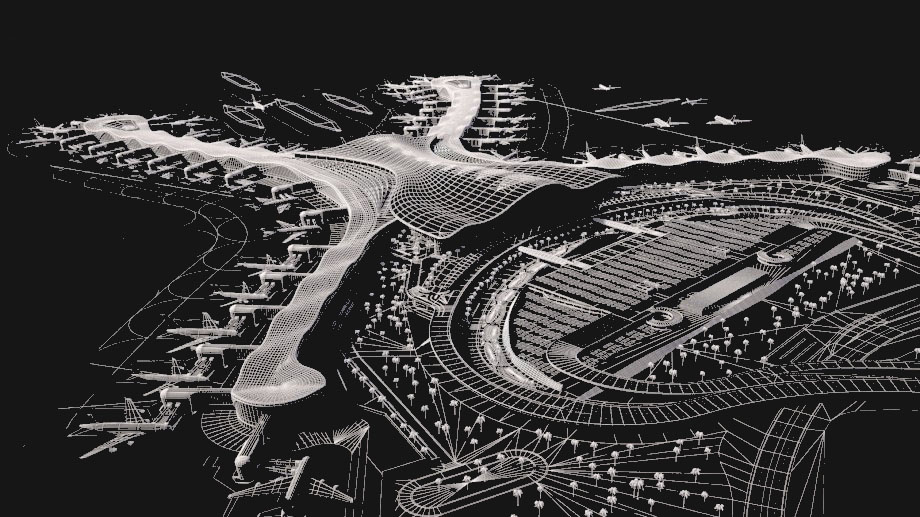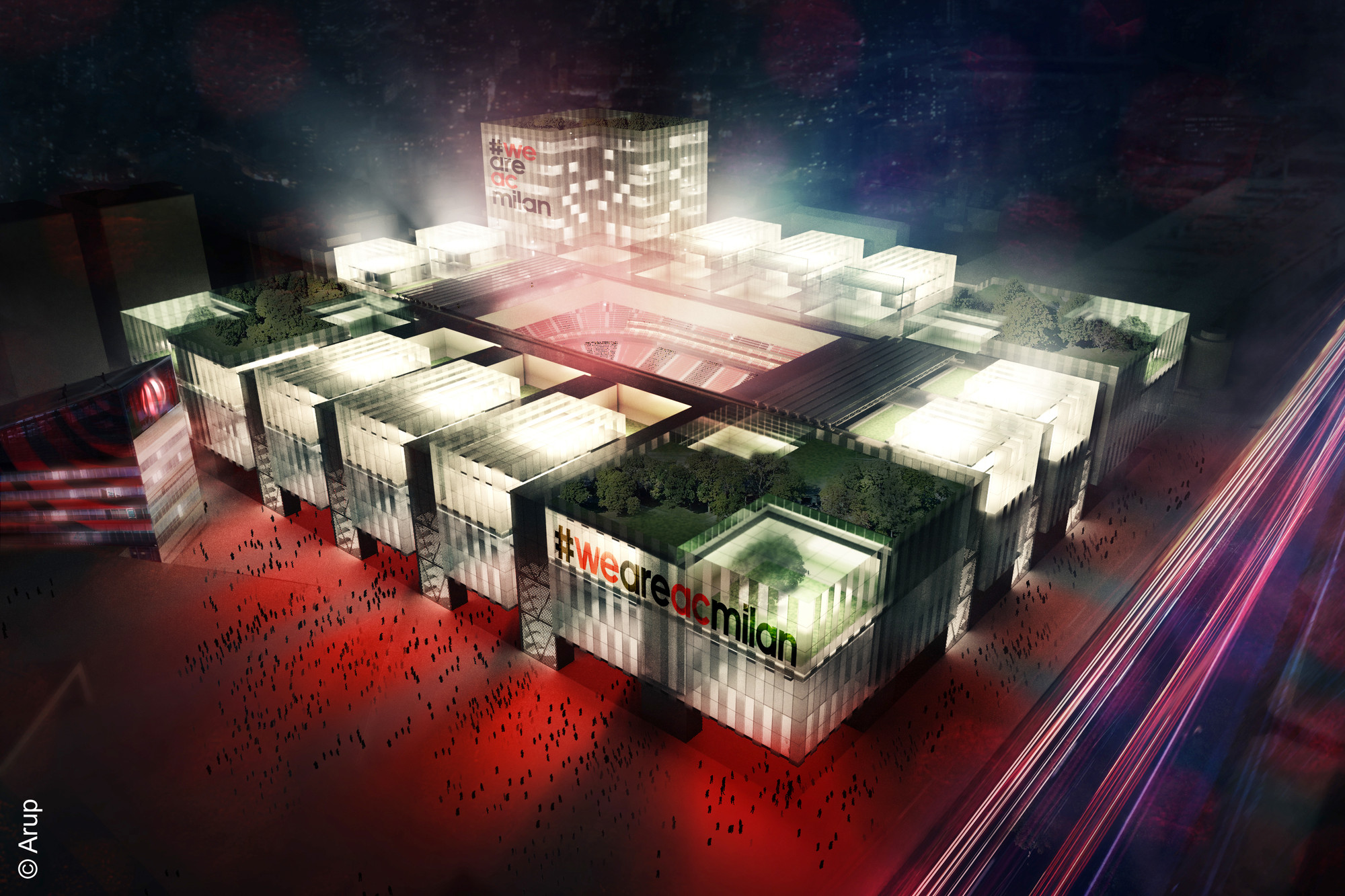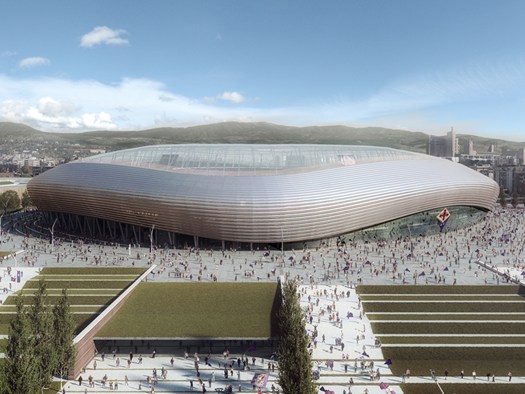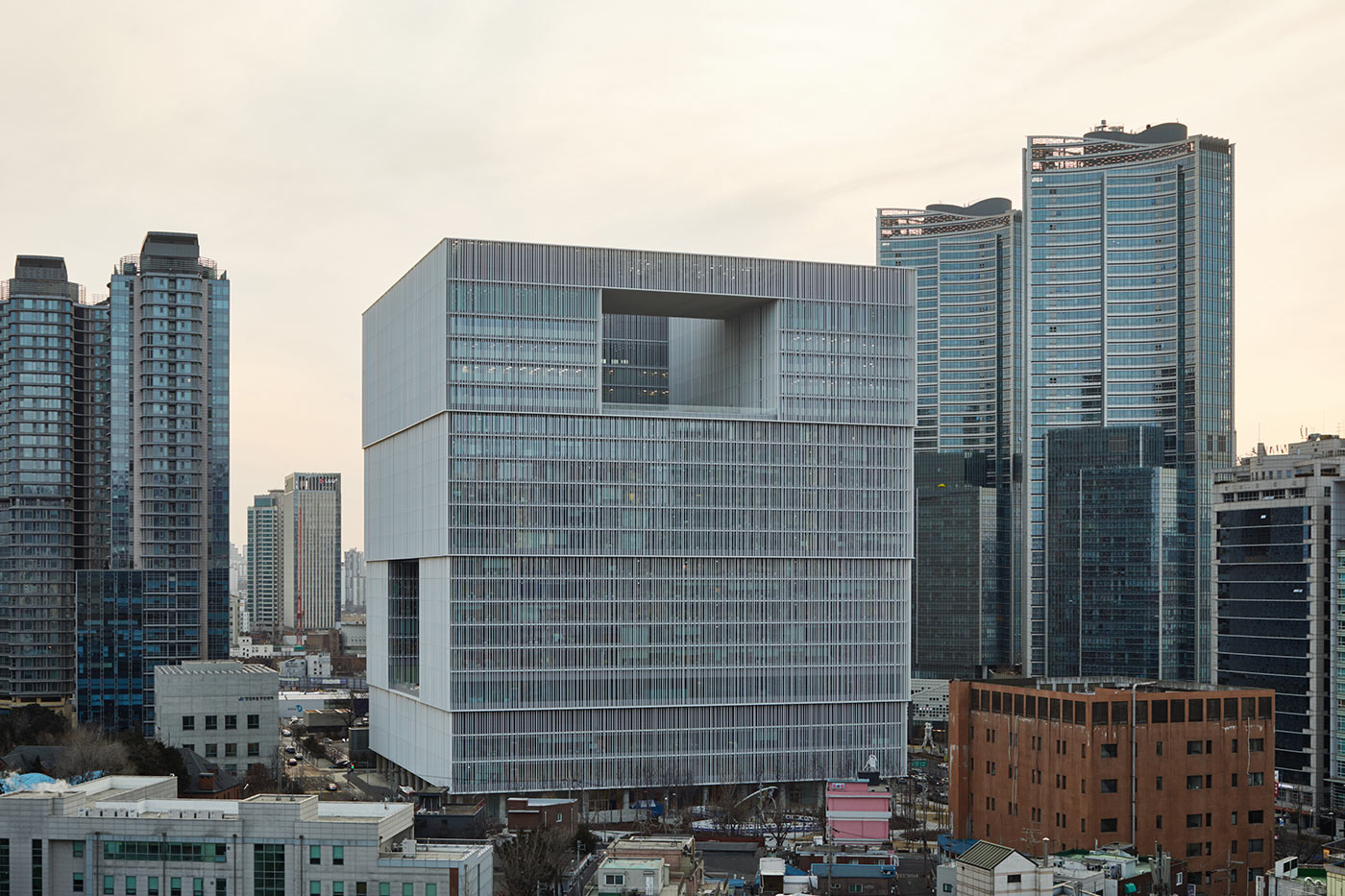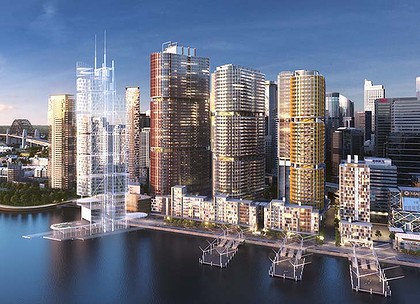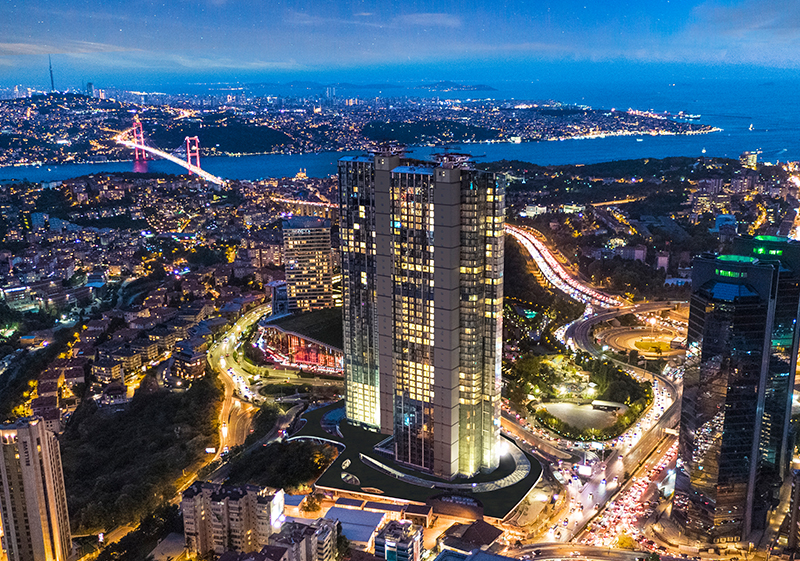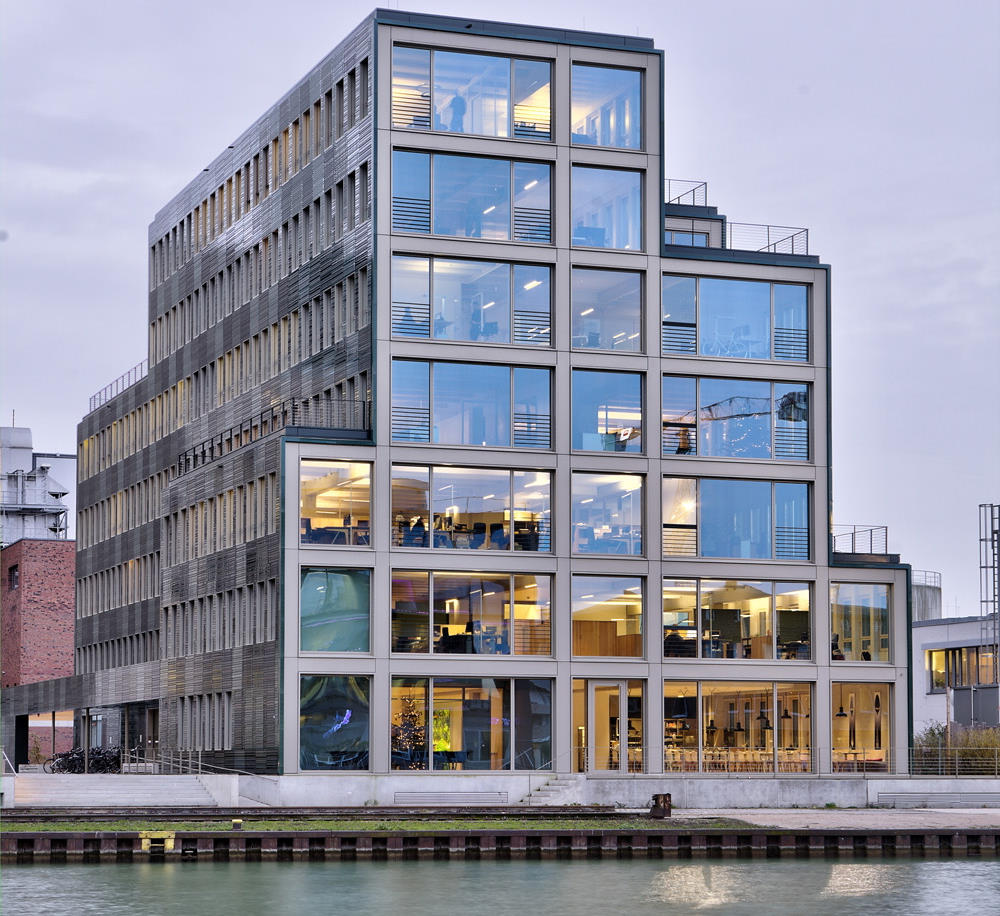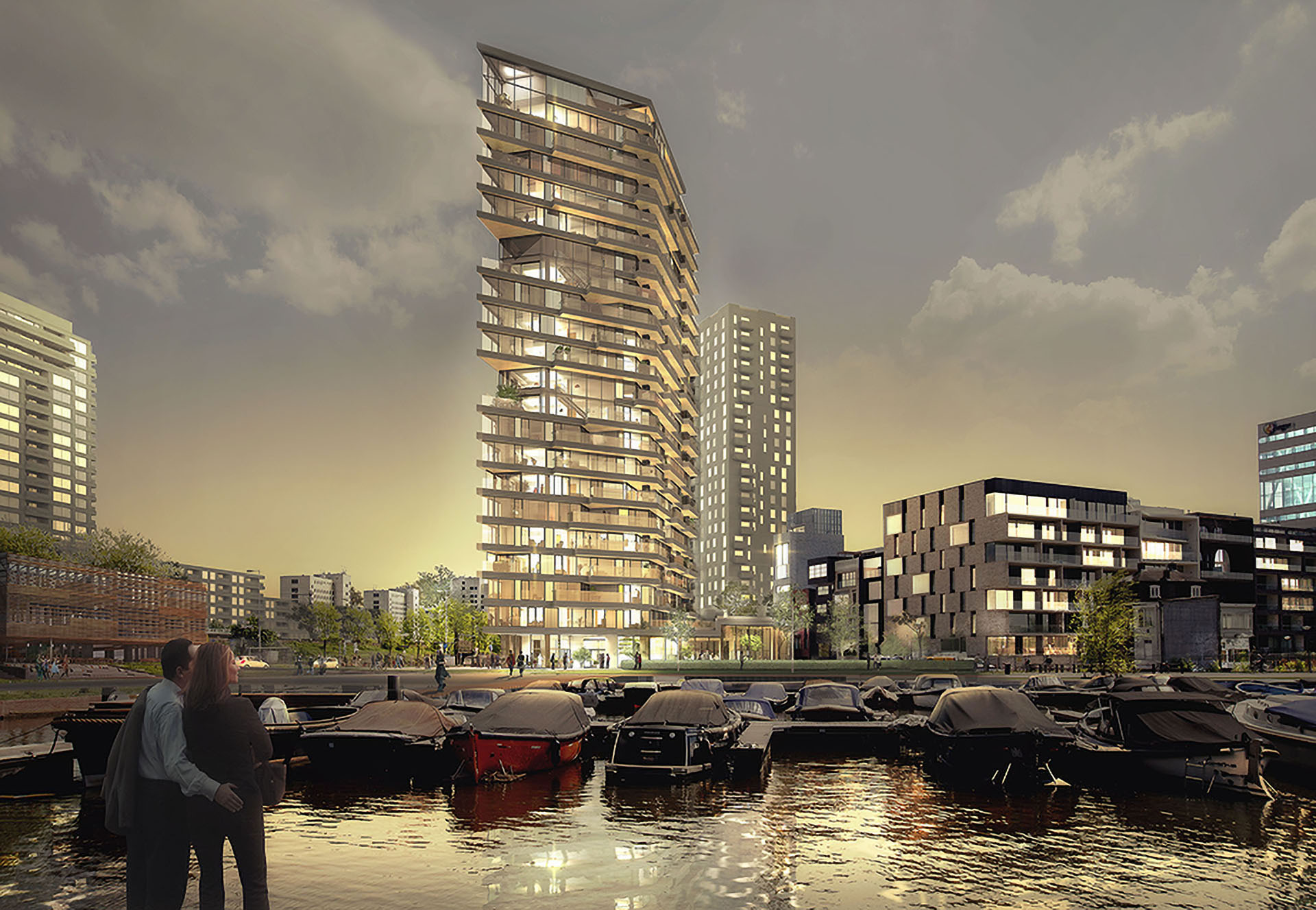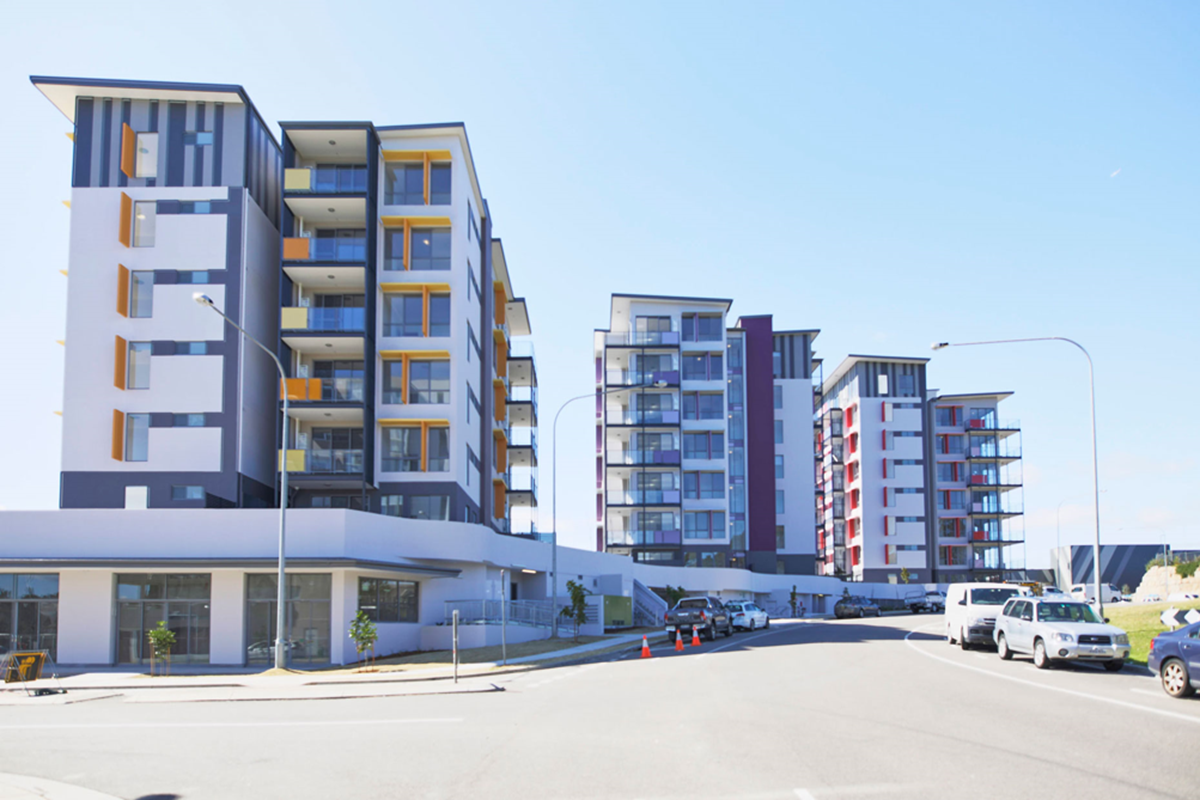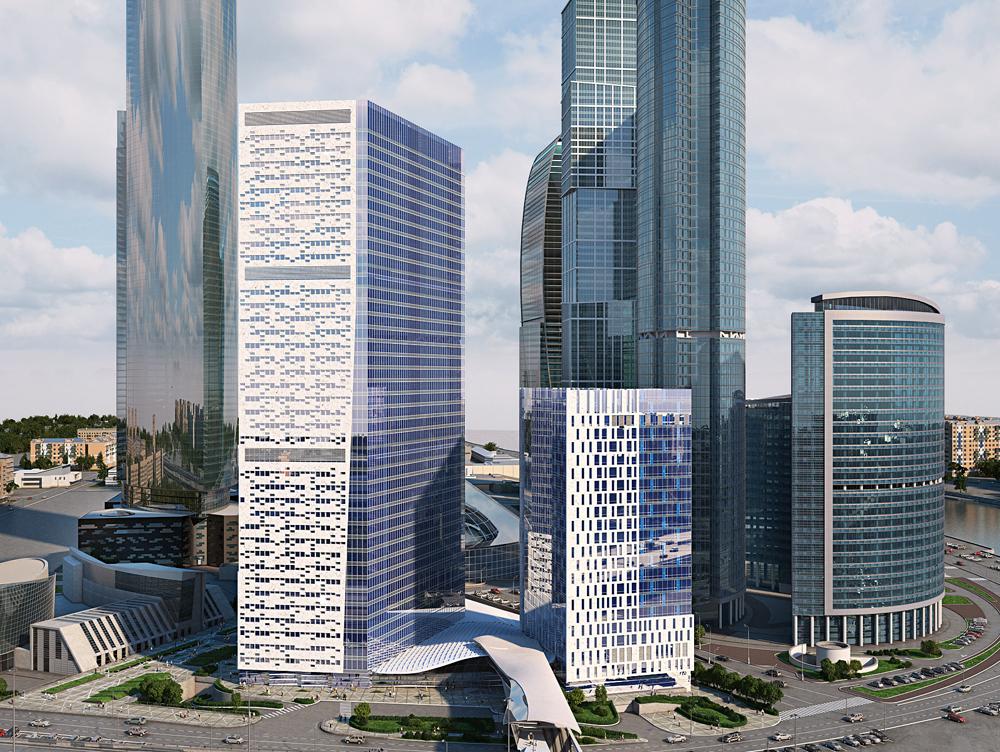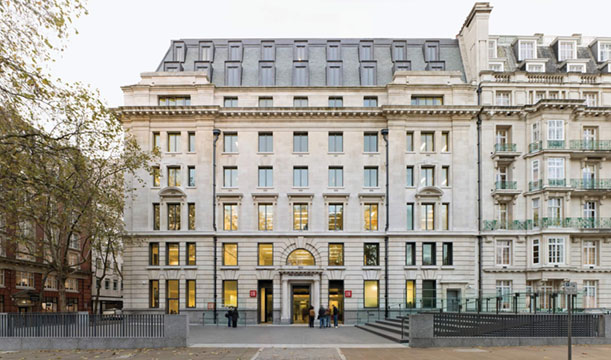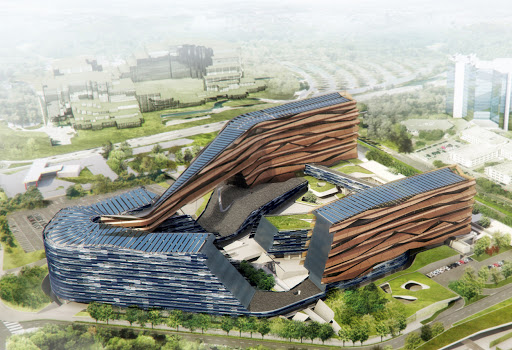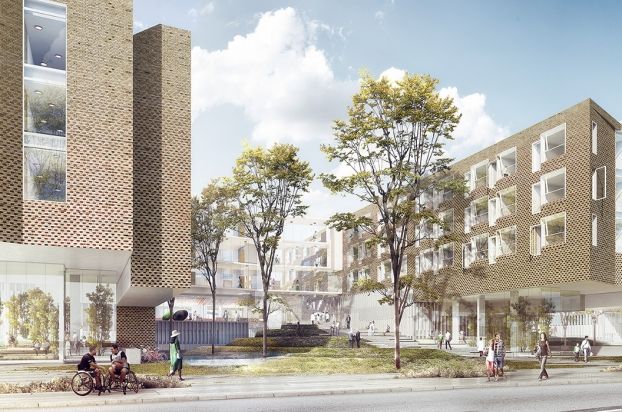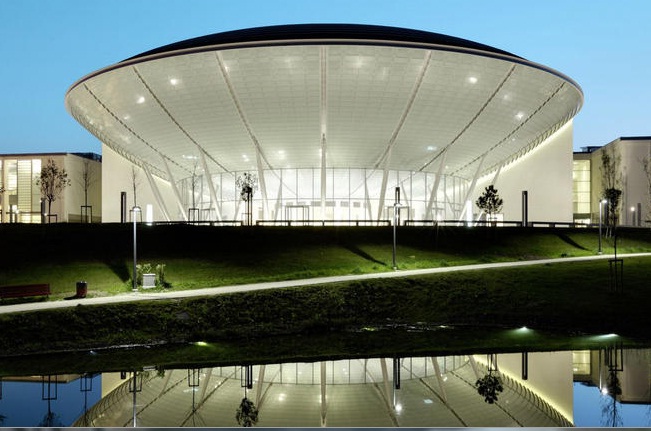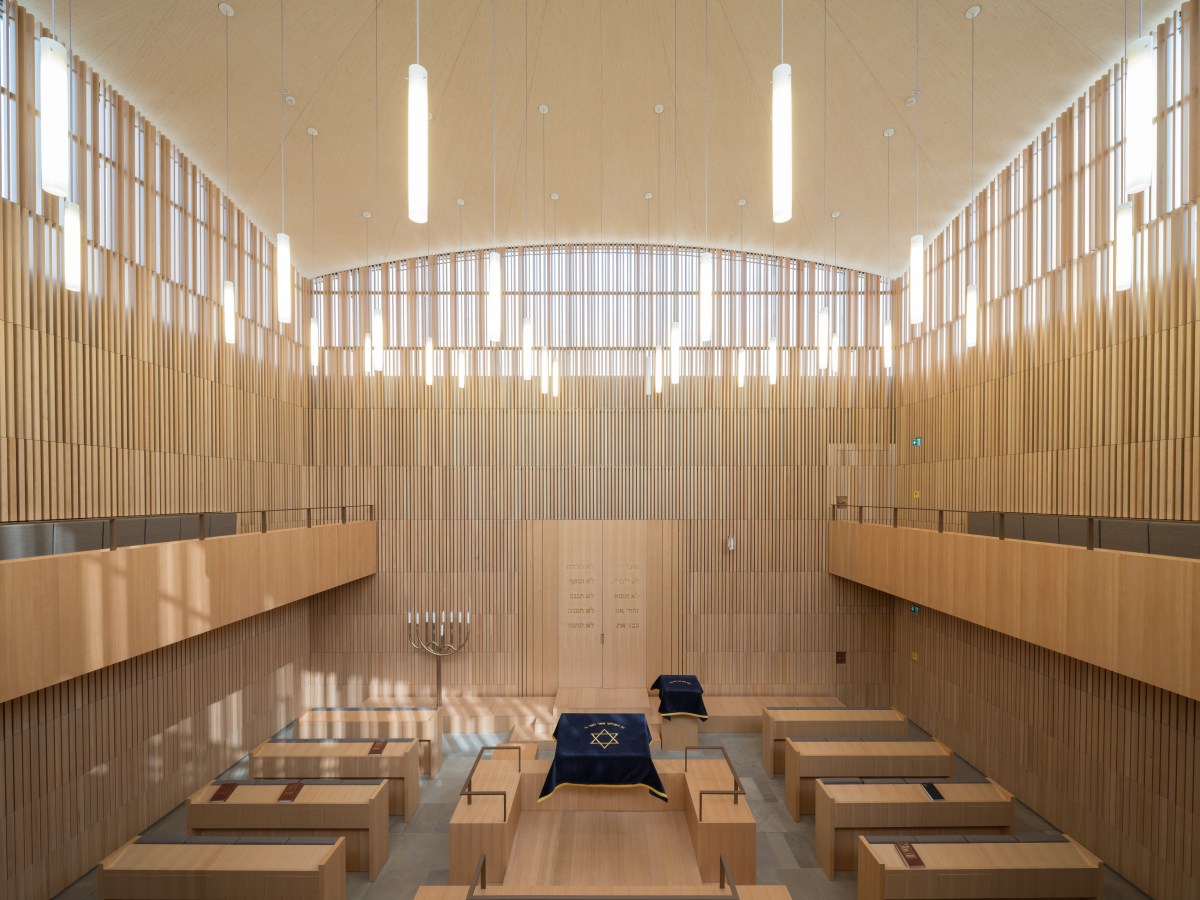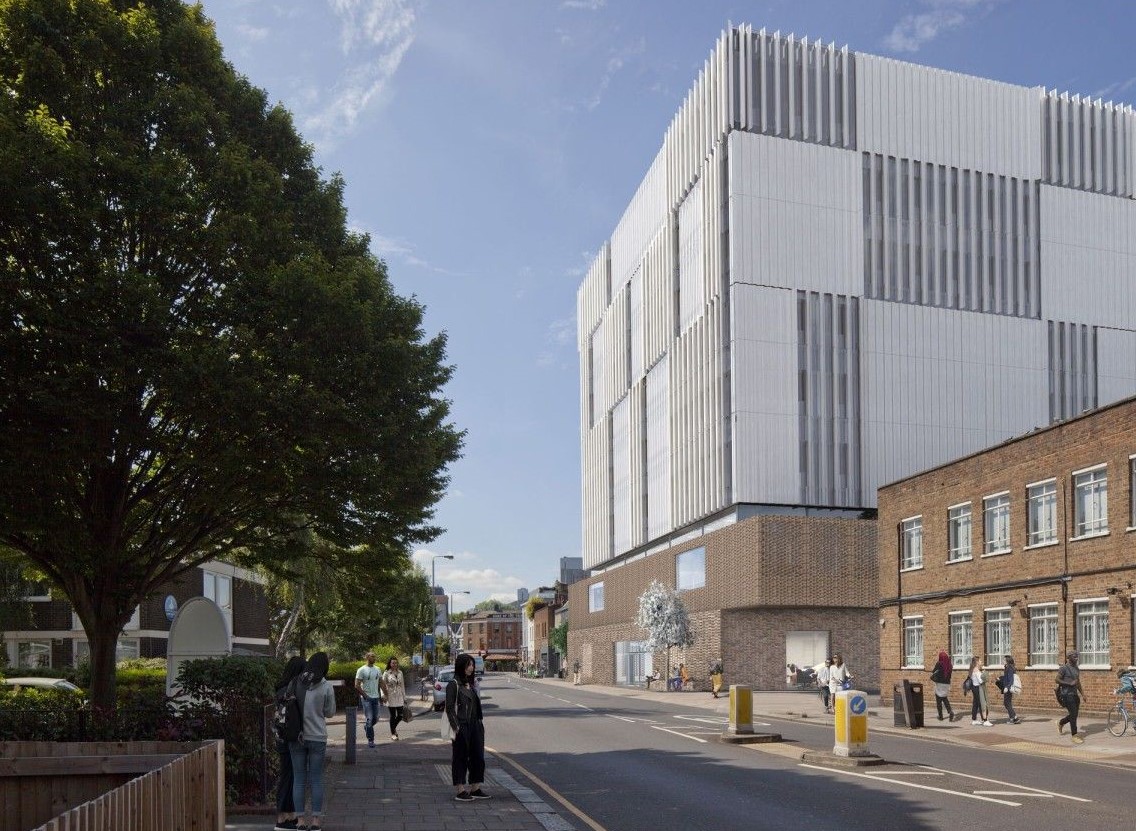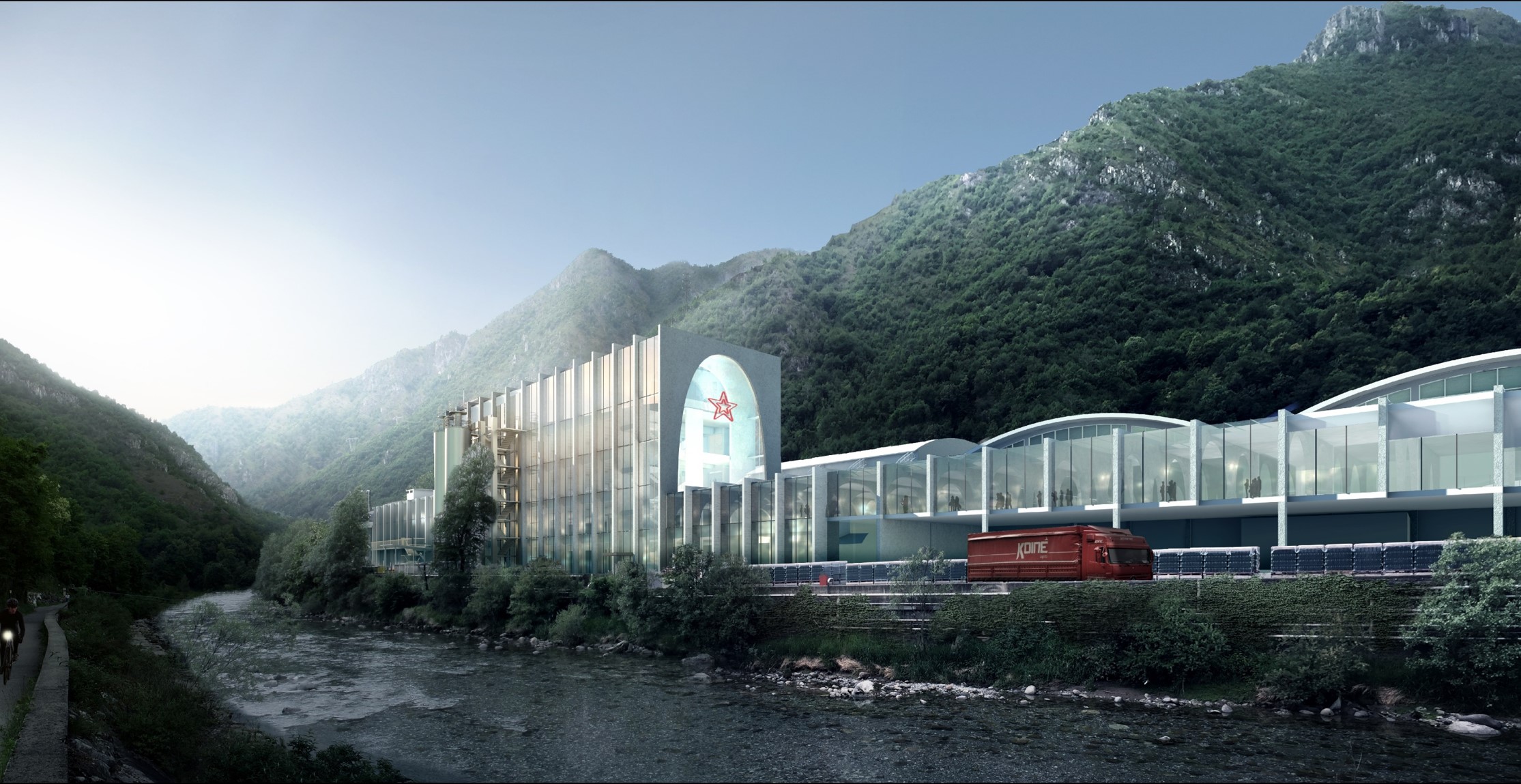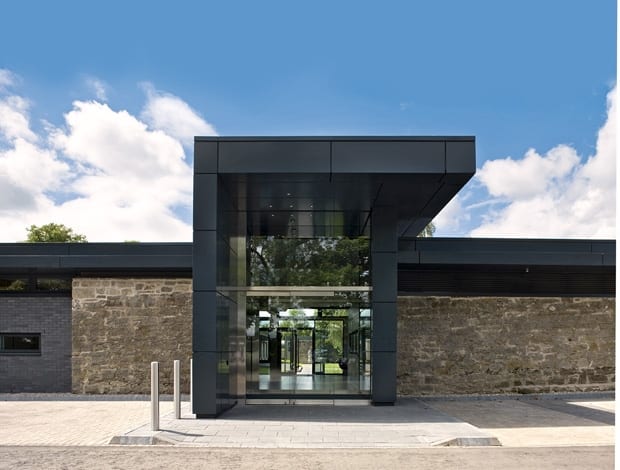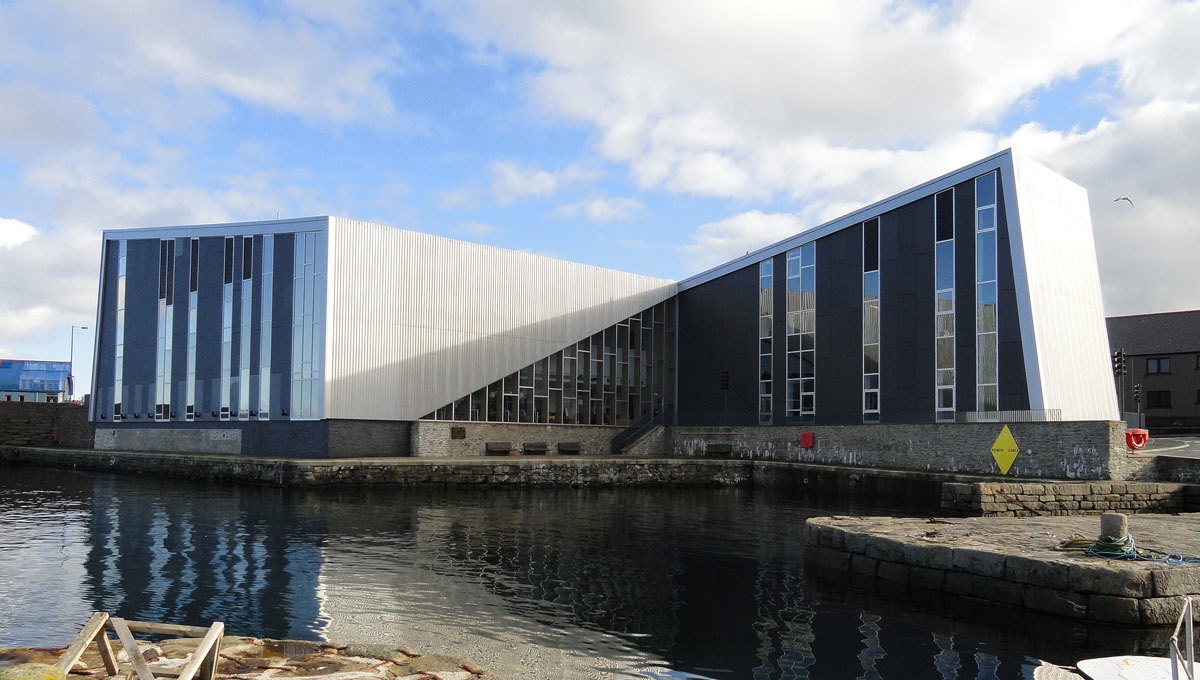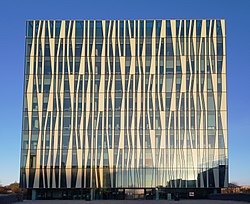Vision
The perception of a space is strongly influenced by the aural experience of it. The acoustics of an indoor or outdoor environment contributes to the comfort and wellbeing of the end users as well as to its enjoyment.
The acoustic design, through the control of noise and sound, aims to shape spaces to facilitate comfort, productivity and the achievement of a sensory experience as per the end user’s requirements and desires.
The acoustic design is therefore thought as part of a holistic design to obtain spaces which are functional, aesthetical pleasant, harmonic and ergonomic.
Services
Built environments can lead to noise that is distracting and disruptive to work and simple relaxation of a person.
Within building acoustics, three different aspects of a building are taken into consideration, which is the connection of the building with the existing surrounding environment, the connection between spaces within the building and the impact that a building can have to the outdoor environment. The design approach is to control noise and vibration generated by indoor and outdoor environments in order to ensure the full activities run, reduce disturbance, maintain privacy and obtain pleasant environments.
In acoustics, noise is defined as an “unwanted sound”, while sound is something perceived as pleasant. In both cases if sound is not adequately controlled within a space, disturbance and disruption can still be generated, leading to a final environment perceived differently from what is expected.
Every space has its own sound fingerprint and determines the way the sound propagates inside and its quality, in case of speech, music and every type of noise. The focus of the acoustic design is to shape spaces in the form, dimension and finishes so that they can sound as the end user desires.
Building services are now an integral part of built environments. Because of their mechanical nature, building services can generate level of noise and vibration that can cause disturbance if not adequately designed acoustically. Knowing the operation of the mechanical and electrical units and through the collaboration with the building services engineers, the acoustic design aims to control the building services noise and vibration to a level which is tolerable and within standards to ensure people comfort inside and outside a building.
Nowadays the solar shadings are increasingly being used to optimize the amount of solar heat gain and natural day light.
Wind noise can be caused by wind flowing over elements attached to buildings and through gaps within buildings and buildings’ solar shadings.
The audible noise generated from these phenomena can be particularly annoying when the wind noise is tonal as it is composed by a loud single frequency sound which appear as a strong whistling and may disturb the day to day activities within and outside the building.
Predicting these phenomena is very difficult and it should be considered at the design stage. Generally, the problem is discovered when the installation of the façade is complete. The solution to wind noise problem often consists in the implementation of noise mitigation measures which can be costly. The acoustic design aims to evaluate and minimize the level of risk of wind noise which is critical for many high-rise buildings.
Who I am

Francesca Coppa
Francesca is an experienced designer and project manager of an extensive range of acoustic projects, with over 15 years of experience.
Prior to establishing back in Italy to work as a freelance, Francesca was part of the Arup Acoustics team for about 14 years, in the Glasgow, Sydney, Amsterdam, Berlin, London and Milan offices, with previous acoustic consultancy experience in Italy and Scotland. Before specialising in the acoustic field, she started her career in the civil engineering industry, working as an architectural and structural designer of various type of buildings, mainly residential and industrial.
Working in different countries and in contact with different cultures and approaches to design, she has gathered extensive international experience in the acoustic design, mainly in building acoustics, through the design of different types of buildings, in particular commercial and educational buildings, hotels, airports and performing arts, mainly theatres and auditoria.
One of her main interests is the acoustic design of buildings in timber and mixed timber and concrete structures, as well as the prediction of noise generated by the interaction of wind with building facade elements, for which she has been involved in various research projects.
After facing different aspects of the design of a building and after working with both engineers specialised in various fields of engineering and architects with different visions and approaches to the design, Francesca is supportive of an integrated and holistic approach to the design and likes seeing the building as a result of this.
QUALIFICATION
Chartered Acoustic Engineer under the Italian Law, 2016
Member of the Institute of Acoustics in UK (MIOA), 2009
Diploma of acoustics at the School of Acoustics, University of Engineering in Ferrara, 2006
Chartered building engineer under the Italian Law, 2005
Master degree (MSc) in civil-architecture engineering, Università Politecnica delle Marche, 2005


 Building Acoustics
Building Acoustics 
